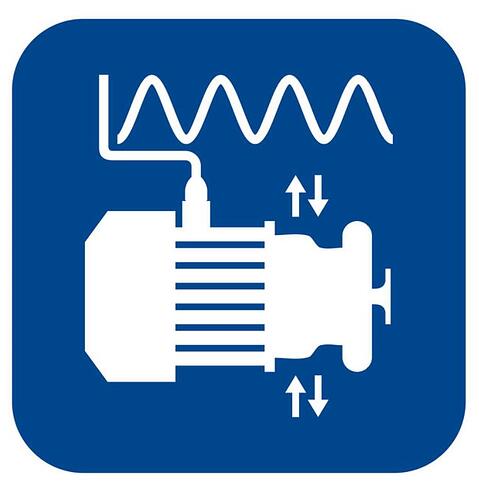Powertrain Vibration: It's Not Always a Balance Issue - HECO
February 21, 2020
Just because your rotating equipment has started vibrating doesn’t automatically mean it needs to be balanced. There are several other issues that may be at work, and a thorough vibration analysis can reveal the true source of the problem.
The 80-20 Rule for Balance Issues
Your fan is vibrating and the natural assumption you make is that it has a balance problem — but that assumption is not always correct. In fact, it seems that when we receive a call to balance a fan, about 80% of the time it is a balance issue but about 20% of the time it’s something else. And this can be true of not just fans, but other rotating equipment such as pumps and motors.
Issues Mistaken for Balance
So if it isn’t a balance issue driving the vibration, what could it be? There are several problems that can mimic rotating equipment being out of balance:
- Couplings
- Loose mechanical connections (e.g., broken welds, loose bolts)
- Structural issues
- Bearing defects (including problems with the mounting surface of the bearing)
- Belt and/or sheave issues (e.g., slippage)
- Cracks in the rotor
- Resonance conditions
- Motor problems
Most balance problems in fans, however, are caused by a buildup of dust and similar debris on the fan blades. When enough debris builds up, the fan becomes imbalanced. However, temperature differentials across the fan can cause side effects such as bowed shafts which in turn will cause a fan to become out of balance.
Finding the Real Problem
In order to make sure the troubleshooting and repairs are accomplished as efficiently as possible with minimum downtime, balance jobs should always begin with taking vibration measurements. Vibration analysis begins with gathering data with a vibration analyzer which generates Time Waveform, which is a plot of the amplitude of the vibration versus time. That data can then be analyzed using FFT (Fast Fourier Transform), which is also known as spectral analysis. FFT allows the technician to look at what frequencies are involved in the vibration and quickly determine if the problem is truly a balance issue. If not, further investigation will reveal what is really going on.
Vibration analysis can be performed on any type of rotating equipment and will allow the technician to analyze the vibration amplitude versus frequency in order to diagnose whether the problem is one of balance. If the problem is not balance, it may be harder to diagnose but there are many proven methods that can be applied for those as well. Spectrum analyzers can detect vibration signatures that will point to where the problem lies. This means that vibration can be tracked down to mounts, rotors, shafts, couplings, and even specific types of bearings.
What Can Vibration Analysis Can Tell You
Vibration analysis, done correctly by a trained analyst, can tell you if the source of the problem is an imbalance, a misalignment, a roller bearing, a ball bearing, or lies elsewhere. However, that isn’t all that vibration analysis is good for: it can predict impending problems before they manifest. Once a baseline of your rotating equipment has been obtained, period analysis can reveal changes that point to a growing misalignment or a bearing has become damaged. By catching these impending faults early on, you will not only reduce the unexpected downtime of your equipment, ultimately improving its reliability and performance.
Don’t Underestimate the Effect of Vibration
Vibration leads directly to dynamic forces (forces that change with time) that induce loads that rotating equipment components were not necessarily designed to handle. Left unaddressed, vibration can lead to things such as premature wear of bearings and loosening of critical mechanical connections, which in turn can lead to more vibration and even worse damage. Whether your machine needs balancing and alignment or some other type of repair, ignoring the problem will only make it worse.
What to Do If You Suspect Imbalance
If any of your rotating machinery, including fans and pumps, has developed vibration issues, don’t just assume that the problem lies in imbalance. Make sure that vibration analysis is performed so that the real issue is addressed. If you don’t track down the real cause, then the problem will worsen, leading to more repair costs and costly downtime. Seek out a service provider with certification for vibration analysis!
Posted in Predictive
